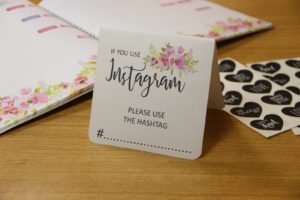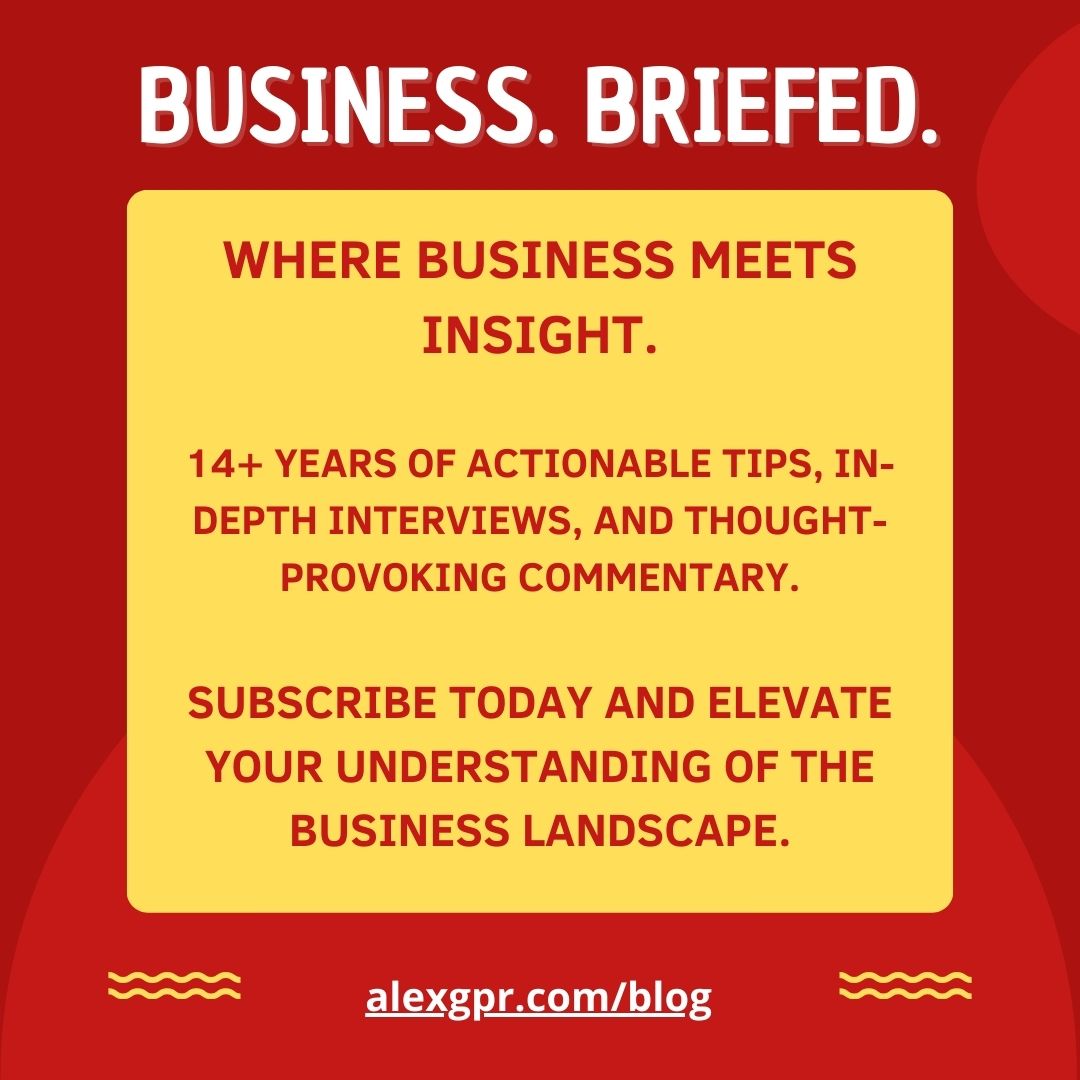10 LinkedIn Empowerment Messages To Avoid
Launched in 2003, LinkedIn is celebrating its 17th birthday this year. The idea was to establish a place where businesses can build a network of partners, employees, former employees, clients, and investors. But as with all good networking opportunities, you also need to be able to share about yourself. Hence, LinkedIn offers a diversity of updates, from writing a full article to sharing a simple status update.
Articles are a popular choice, as they enable an individual to share their expertise. More importantly, for experienced bloggers, writing and publishing an article on LinkedIn can record more views than an individual blog. As such, if you’re going to showcase your knowledge and appeal to potential partners, clients, or recruiters, an article is a great way of getting noticed.
Posts, however, are a quicker and easier way of sharing relatively short content with your audience. They are also a great excuse to promote content hosted on another site – via a link –, share photos, or boast about your latest achievements. In many ways, a post on LinkedIn is the professional equivalent of a status update on Facebook. You can also use the opportunity to share something personal that can create more engagement with your audience. But while a post works like a status update, it doesn’t mean you’ve got the green light to publish any type of content. Most business professionals know to avoid controversial posts, political or religious statements, and negative outbursts on LinkedIn.
But what you may not consider is that some positive messages could be just as devastating for your business and network. Indeed, creating engaging material for your network becomes a priority on LinkedIn. As such, professionals are more likely to share behind-the-scene details and social engagement actions to show their personalities. How could something positive and personal backfire? The answer is below. Here are 10 examples of empowering messages that could divide and damage your network if you’re not careful.

#1. A picture of your video call
With most businesses pursuing a remote and virtual team arrangement since the beginning of the pandemic, it’s fair to say that you probably have your fair share of Zoom and other video conferencing software solutions in your day-to-day activities. There is no denying that video chats are detrimental to maintaining productivity and team-building across the distance. For many businesses, they’ve been a life-saver to keep processes under control when everybody is working from home. Does it mean you should post a cheeky photo of your video call on LinkedIn?
You may want to think carefully about it. As exciting as it is to reach out to coworkers, clients, and partners from all across the world from the comfort of your home, it’s old news. Your network is saturated with staged pictures of conference chat showcasing a tasteful mug of coffee, elegant stationery scattered around your laptop, and a series of smiling faces on the screen. The caption “another productive meeting with the team” has been overused too. Your network has seen it before, countless times since March 2020. Instead, your meeting photo is better suited to internal cooperation platforms as a way of boosting the team’s mood.
#2. A post on how you listen to your employees
As a business owner, you need to leverage your LinkedIn presence to fulfill different purposes, ranging from brand promotion to leadership inspiration. Your profile can serve as a business promotion, sharing about your latest products and activities. Making your business stand out can be challenging in any situation, even more on LinkedIn. It requires an effective strategy that can build engagement, viral content, and positive responses.
As a business owner, listening to your employees plays a vital role in the success of your brand. However, posting about your latest one-to-one conversation with an employee and sharing how you helped them sort out personal issues is not always a good idea. Some employees may prefer keeping problems private. Discovering that their boss has been writing about a confidential discussion for the sake of self-promotion can be a source of resentment.
#3. The emotional statement
Sharing that you’re are going through a hard time can help increase your network awareness about specific issues. But it’s a thin line to walk. As a professional, opening up about your personal challenges is likely to be met with a positive response. However, sharing your tips for people who are going through the same situation, such as health – physical or mental – issues, could be damaging. If you are not an expert, you should refrain from providing self-care advice that could have negative consequences.
#4. My amazing daughter is an inspiration to the world
You’re a parent, and, of course, you’re proud of your children. Sharing your children’s achievements on LinkedIn is a popular trend. However, parents who post about their children need to be aware of the impact it could have on their futures. Your kids have a right to privacy, which includes their photos and actions not being published on a public network. You may not realize it, but other LinkedIn users who may not be part of your network could access the post via the resharing function. If you trust your network not to take advantage of the personal information you share, do you trust strangers not to find confidential details about your child’s school, first job, name, date of birth, etc.?
#5. The story with moral
It’s becoming popular to create content with a moral, typically to illustrate the challenges met by a successful leader or professional before they became successful. The story with a moral is not a new literary genre. It’s almost as old as writing itself, and it’s been illustrated by several fable authors throughout the years.
Aesop, the Ancient Greece author, for instance, is one of the most famous names to come to mind. While there is nothing wrong with fables per se, they are a known and recognized style. Most people associate a fable with fictional creatures, often animals, that are put in a specific situation in order to convey a lesson. When you copy the fable construction, the literate audience is likely to apply the same beliefs to your post, aka the persons in your story become fictional by association. In other words, stories with a moral tend to self-discredit.
#6. The social media avenger
Social movements on social media are necessary. They boost awareness of essential issues, such as Black Lives Matter or the Me Too movement. However, when brands get vocal about social issues, they need to demonstrate their support with concrete actions. Many brands that have embraced Blackout Tuesday on social media platforms have been criticized for failing to take the necessary steps in their business processes and strategies. Brands that seek a PR moment with social awareness could struggle to recover from backlash.

#7. Here’s a selfie with my new expensive car
It’s becoming more and more popular for young professionals to showcase success using material possessions. The typical post shows the individual next to an expensive car or home, claiming that it’s been their dreams since they were young to buy one of those. Only dedication, hard work, and perseverance have enabled them to become the successful and wealthy expert they are today, and purchase the object of their dream. It can be a motivational post for some. However, in most parts, your LinkedIn network expects to hear more about your expertise, skill sets, or impact on the business. As such, the post fails to engage and can irritate some contacts who will retract their support.
#8. I’m working late
According to the American Time Use Survey, US professionals are the most overworked population among developed nations. Over 85% of US male and 66% of US female professionals work over 40 hours a week. In other words, the vast majority of professionals in your LinkedIn network most likely work overtime too. Sharing a picture of a coffee cup on your desk to display your commitment to the business may not have the effect you expect. Everyone else works longer hours too.
#9. Pleased to meet with client X
If you’re meeting a client and want to boast about it, make sure to share a photo of the meeting with a meaningful caption. Nobody wants to see images of empty meeting rooms, parking bay, or your notes scribbled on a piece of paper to illustrate an encounter, as these fail to create a sense of interaction. Your audience may even become suspicious of those posts.
#10. We helped this customer
The idea is to create a heart-warming story about a customer you’ve rescued. However, posting a selfie and publishing some personal details about the customer can backfire. Your customer may not feel comfortable sharing their issues with your network. If you want to create a success story, you should involve your marketing team to develop meaningful and approved content.
Empowering posts on LinkedIn can act as a double-edged sword. They can be beneficial. But if you share more than other parties are comfortable with, you may find that your positive message can burn a hole through your business reputation. As a rule of thumb, it’s best to avoid content that could divide your audience and backfire. Instead, if you are looking for inspiration about positivity, focus your attention on the most effective post-generators in your network.
Partnered Content.
